Our Thoughts
Speaking the Language of Love How brands can bring cultural relevance to the Heart
February 2022 has been an especially energetic month for brands all-around – from ushering in the Year of the Tiger to the Super Bowl Sunday kick-off, exciting new product launches and campaigns are emerging to engage consumer generosity during this period of fanfare and celebration. Yet, once the red packets have been distributed and full-time whistle blown, it is Saint Valentine and his sidekick Cupid who are taking over, reminding us that February is, above all, the Season of Love.
This Valentine’s Day we can expect a parade of pop cultural sparkle, bouquets of red roses, and arrow wielding cupids. Despite all this variety, nothing speaks to universal L-O-V-E like the Heart. The Heart has long been the global symbol of affection, passion, and good health, making its way onto pages, screens, and packaging worldwide in the lead-up to the big V-Day. But, with the long list of Heart-adorned chocolates, candles, perfumes, make-up, diamonds, … (you name it) to choose from, consumers are left wanting for products that have greater cultural resonance.
The ability for the Heart to communicate a sense of positive emotional comfort cuts across cultural boundaries and is reflected in the number of brands that use it year-round. Take Unilever’s ice-cream brand, known as “Wall’s” in the UK, yet recognised internally as the “Heartbrand”. While the name and colours may change from market to market, product to product, the Heart remains constant, the global foundation for this beloved treat brand.
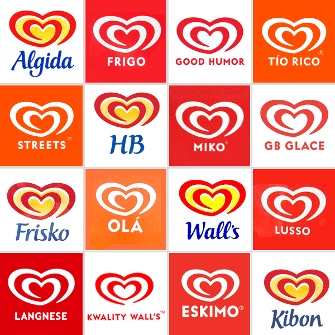

A bold and easily recognisable cultural symbol, simple and straightforward presentations of the Heart have traditionally conveyed the concept of ‘love’, ‘health’, and ‘care’ – often employed as a direct substitute for these words (’love’, ‘care’, or ‘health’) as is seen in Milton Glaser’s iconic ‘I ♥ NY design’. Hearts can also be seen in computer games to represent lives, or across charity branding to reinforce a sense of care.
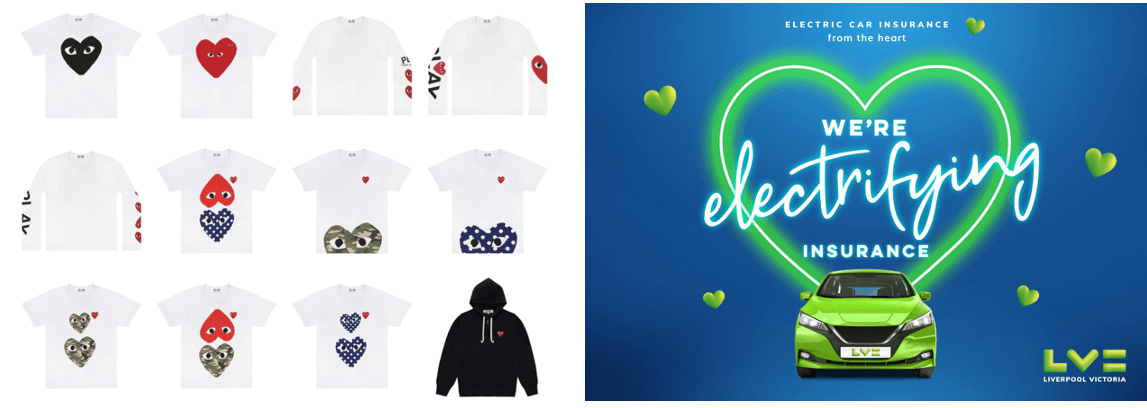
But beyond its conventional semiotics, the Heart has in this age of messaging apps and social media taken on an expanded definition. From double-taps to heart reacts, the Heart has moved on from a sacred symbol of unrequited love, with the variations of heart emoji (❤️?????????❤️?❤️?❣️???????) expressing pride, gratitude, platonic affection, or sisterly camaraderie. But in the everyday use of the symbol – plastered across everything from apparel to insurance firm’s campaigns – the Heart has become an overworked icon that fades into the sea of red and creates little buzz.
But can creative brands imbibe this well-loved symbol with deeper, culturally relevant meaning?
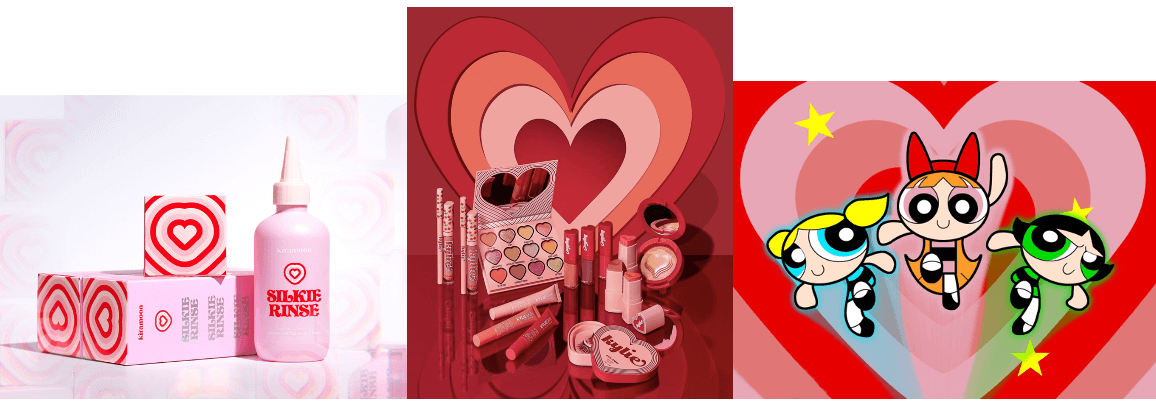
Increasingly, more engaging depictions of the Heart have taken a nostalgic turn – with designs taking inspiration from everything from Y2K classics like The Powerpuff Girls to the kitsch layouts of 1960s advertising. The layered hearts seen on Kiramoon’s Silkie Cleanse facial cleanser and Kylie Cosmetics’ Valentine’s collection lend depth to the otherwise static symbol, animating them with a playful dynamism and energetic spirit that pops like a GIF. While adaptations of 60s ad formats by Ruby Drinks also bring a distinct analogue warmth to the largely made-for-screen advertising landscape, the retro aesthetic communicating the spirit of postwar optimism at a time when the world is emerging from another prolonged crisis.
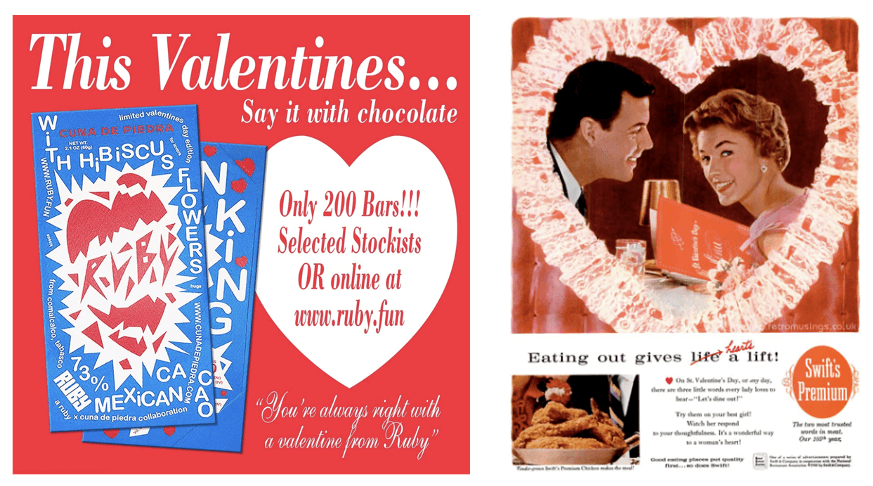
Taking a more contemporary route, fashion label Balenciaga and natural wine retailer Shop Cuvée have both furnished their campaigns with modern iterations of the heart emoji to convey a conversational conviviality that positions their brands as speaking with (rather than speaking to) their audience.
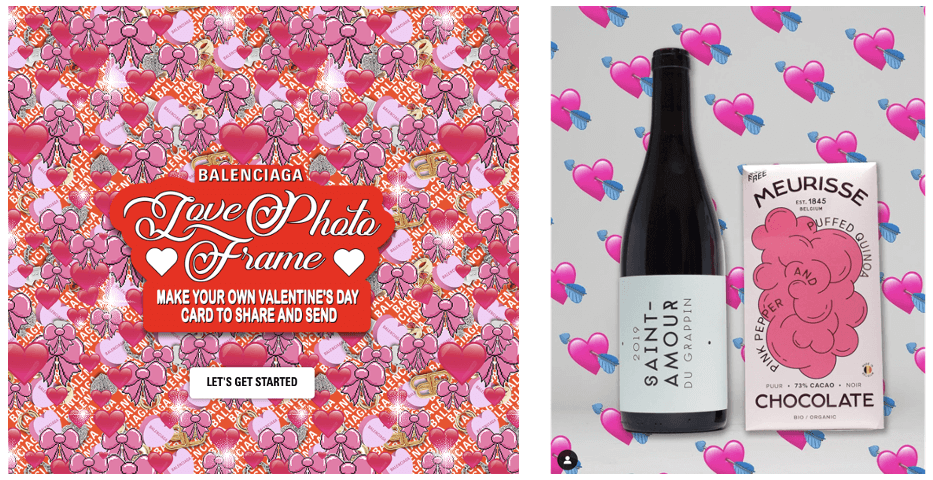
As we can see, the heart remains a culturally potent symbol, but with its increasingly diverse meanings, the question has become not just whether to use it, but which heart to use? One that pulls on nostalgia or modernity? Classic design or a casual emoji? The heart will go on in its diversity.
3 key takeouts for brands:
- A simple, straightforward Heart may fail to deliver distinctiveness amidst an ocean of Heart-adorned products, and risks coming across as insincere in communicating a message of ‘love’, ‘care’, or ‘health’.
- Don’t be afraid to look to the past for inspiration – the sleek digital terrain calls for analogue presentations of the Heart that channel a sense of nostalgic optimism.
- Look to new cultural meanings of the Heart on social media to develop creative ways to engage with a (digitally native) younger audience.
Aaron Chan, Semiotician

